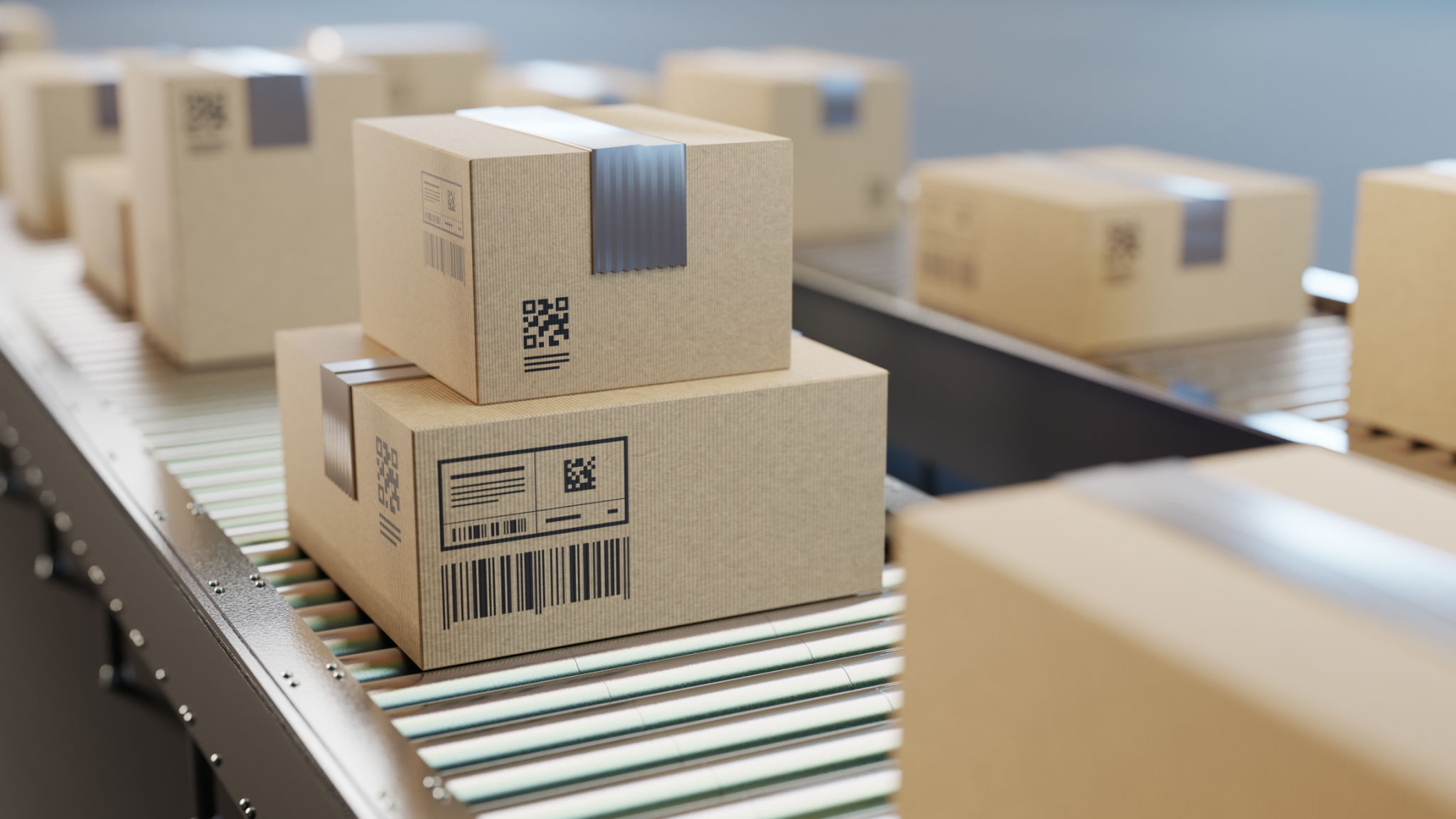DIY Tips for Optimizing International Shipping Packages
Understand the Basics of Packaging
When it comes to international shipping, the way you package your products can significantly impact both the cost and the safety of your items. Understanding the basics of packaging is crucial for any business looking to optimize their international shipping process. Begin by selecting the right type of box or container that fits your product snugly. This helps to prevent movement during transit, which can lead to damage.
It's also essential to be aware of the weight and size restrictions imposed by carriers. These limitations can vary depending on the destination country, so always double-check before shipping. Additionally, using lightweight materials for packaging can help reduce overall shipping costs, especially when dealing with volumetric weight pricing.

Choosing the Right Packing Materials
Once you have selected a suitable box, the next step is to choose packing materials that protect your items effectively. Bubble wrap, foam peanuts, and air pillows are popular choices for cushioning goods. These materials are lightweight yet provide excellent protection against shocks and vibrations during transport.
For fragile items, consider double-boxing. Place your product in a smaller box with padding and then put that box into a larger one with additional cushioning. This method offers an extra layer of security and minimizes the risk of damage.

Secure Your Packages Properly
Properly securing your packages is another critical aspect of optimizing international shipping. Use high-quality packing tape to seal all seams and edges of your package. Reinforce the bottom and top flaps of your box to make sure it holds up during handling and transit.
Labeling is equally important. Make sure all labels are clearly visible and include vital information such as destination address, return address, and any special handling instructions. If your shipment contains fragile items, use "Fragile" stickers to alert carriers about special handling requirements.
Leverage Technology for Tracking
In today's digital age, leveraging technology can greatly enhance your ability to track international shipments. Most carriers offer tracking services that allow you to monitor the progress of your package in real-time. This feature not only provides peace of mind but also enables you to give accurate delivery estimates to your customers.

Consider investing in shipping software that integrates with your e-commerce platform. Such software can automate many aspects of the shipping process, from generating labels to calculating shipping costs, saving you time and reducing errors.
Optimize for Cost Efficiency
Cost efficiency is a significant concern for businesses involved in international shipping. To optimize costs, compare rates from different carriers and choose the one that offers the best value for your specific route and package type. Bulk shipping discounts are often available for businesses that ship a high volume of packages.
Additionally, consider using a freight forwarder for larger shipments. Freight forwarders can consolidate multiple packages into a single shipment, reducing costs and simplifying logistics. They also handle customs clearance, which can be particularly beneficial when dealing with multiple international destinations.
